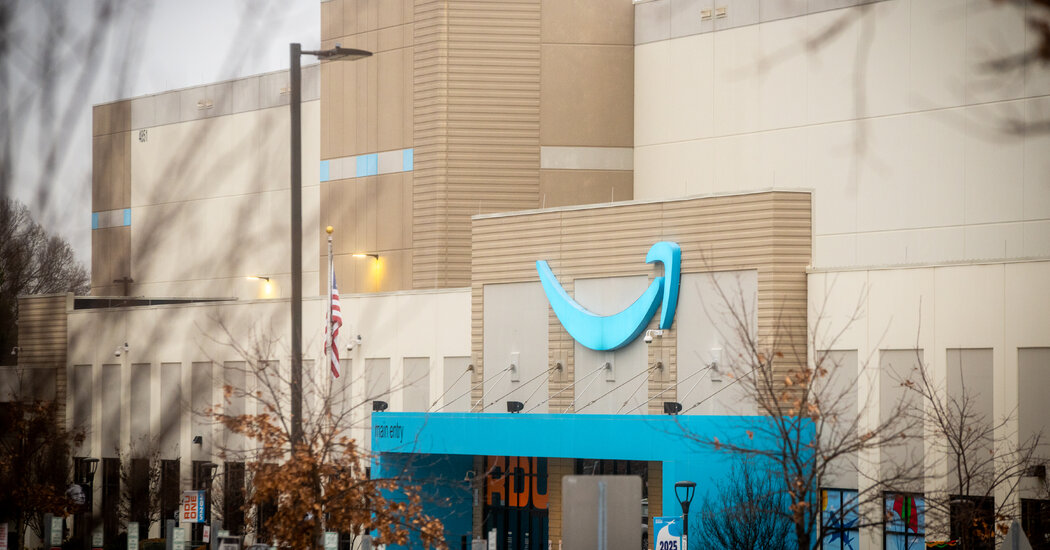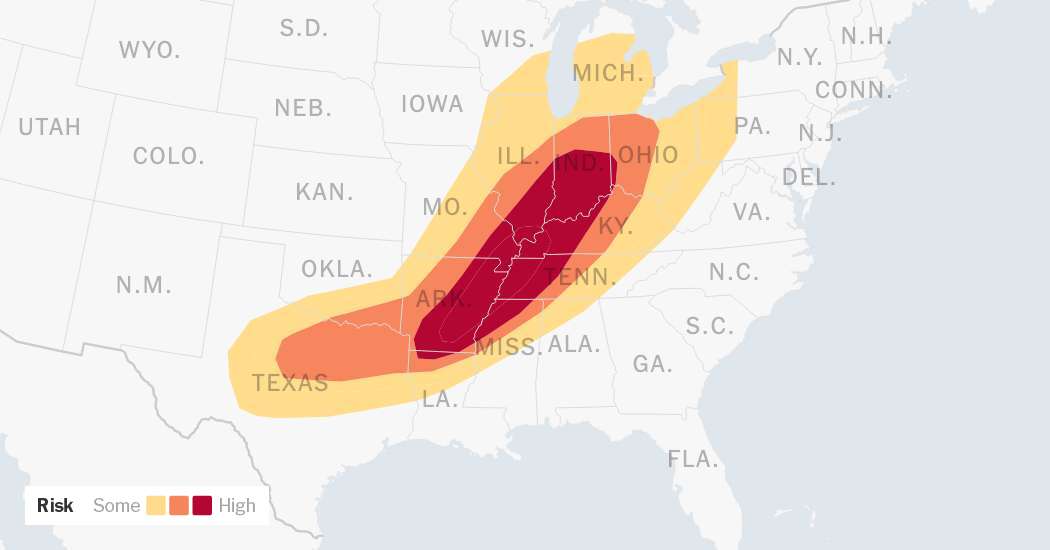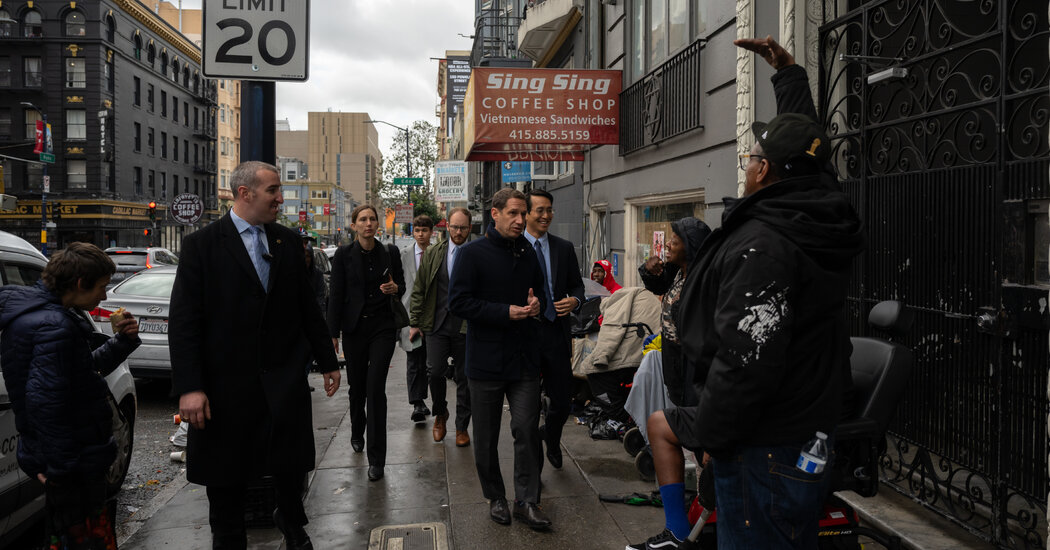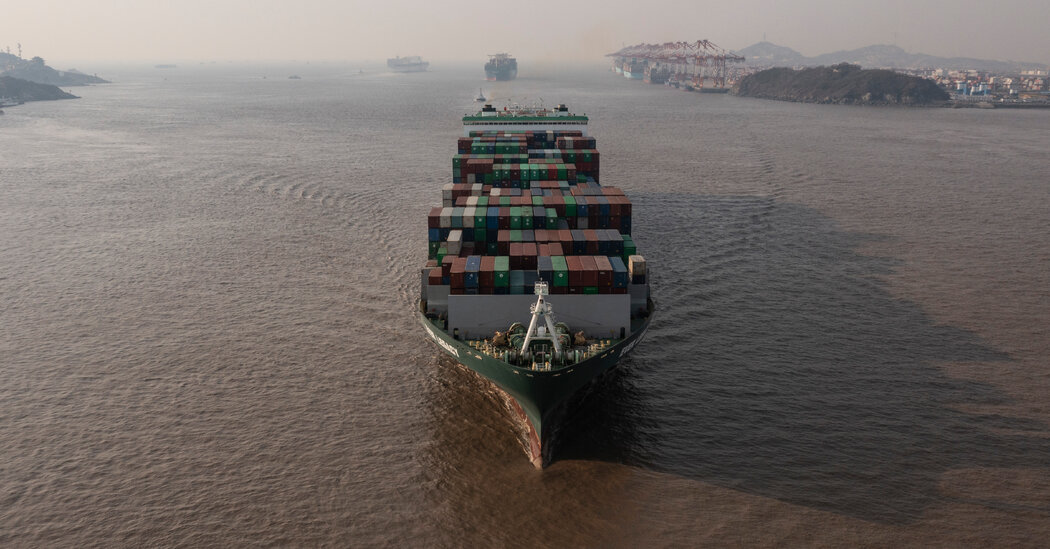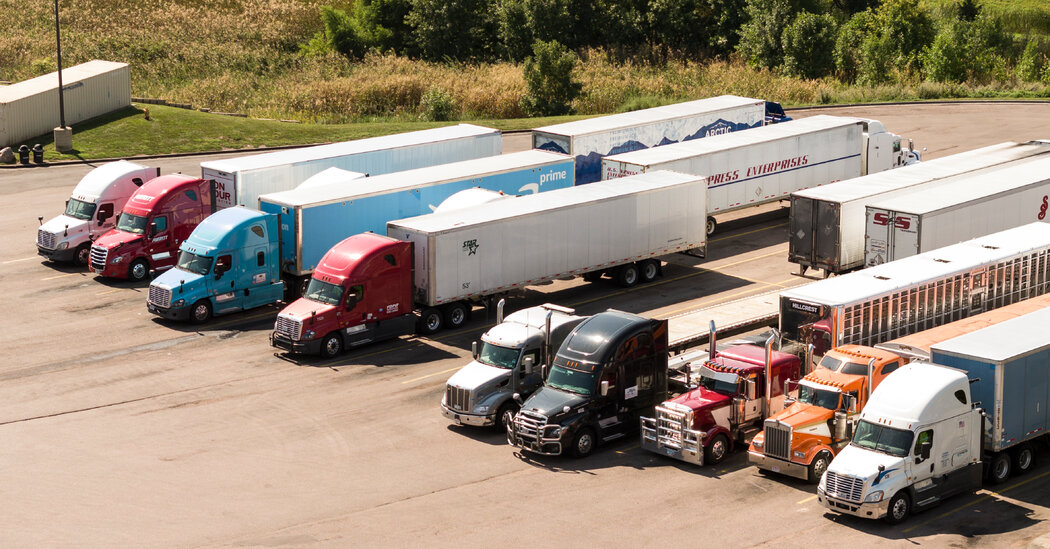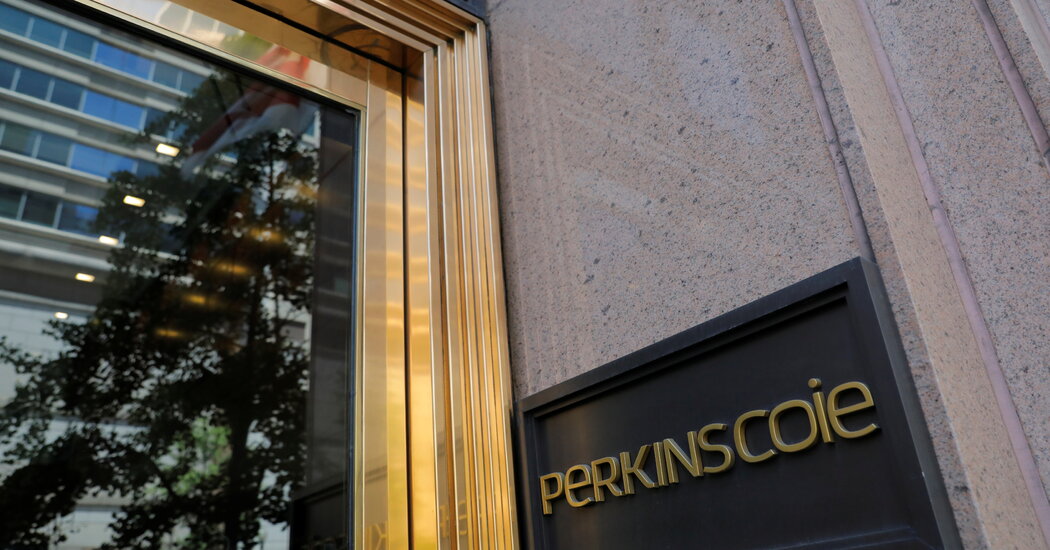President Trump is trying to rewire the global economic order with a flurry of on-again, off-again tariffs on goods imported from Canada, Mexico, China and elsewhere that he argues will boost U.S. factories and generate revenue.
On Wednesday at 4 p.m., Mr. Trump is expected to announce what he calls sweeping “reciprocal tariffs,” which could match the levies that other countries impose on U.S. products. New tariffs on automobiles made outside the United States go into effect on Thursday, adding to previous tariffs on steel, aluminum and other imports worth billions of dollars that Mr. Trump has imposed since returning to office in January.
A tariff is a government surcharge on products imported from other countries.
Understanding tariffs means understanding how manufacturing, trade and supply chains function — and how costs build along the way.
Tariffs are paid by the companies that import goods into a country. Countries like China, Mexico, Canada do not directly pay any money to the U.S. government.
The cost of the tariffs can be passed around depending on how companies and countries react.
Trade policy experts agree that American consumers will most likely bear the cost of the new U.S. tariffs, as they did in Mr. Trump’s first term. Retailers often increase prices, and manufacturers that use imported materials face higher costs. Imposing tariffs on imports can also drive up the value of the U.S. dollar, making American exports more expensive.


